Think of a time when every living thing was just a single, tiny cell. For billions of years, that’s all there was on Earth! But then, something incredible happened. Cells started working together, forming bigger, more complex living things. This was the moment the first multicellular organisms evolved. It was a giant leap for life on our planet, leading to everything from plants and animals to you and me. Let’s explore this amazing journey from simple cells to complex beings.
Don’t Miss This!
After reading, challenge yourself with our interactive quiz at the end. Click here to take the Quiz
Table of Contents
Life Before Many Cells: The Single-Celled World
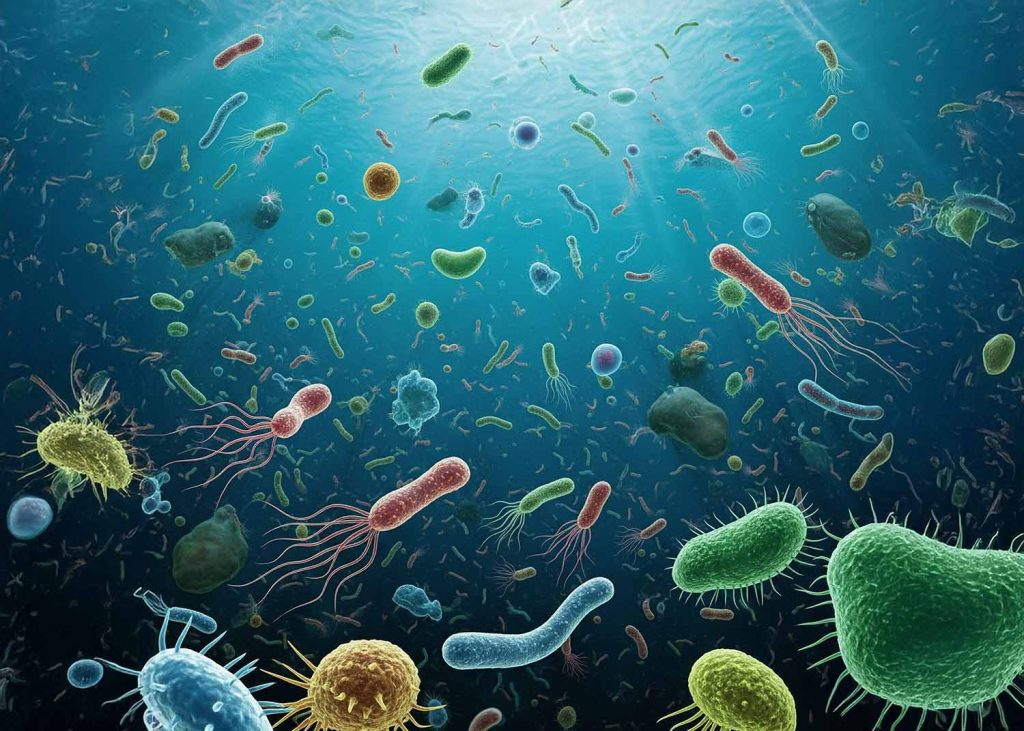
For billions of years, Earth was a world dominated by tiny, single-celled life forms.
For a very long time, Earth was home only to single-celled organisms. These tiny living things, like bacteria and archaea, were incredibly successful. They lived in the oceans, using simple ways to get energy and reproduce. They were the masters of their microscopic world. This era lasted for about three billion years.
These single cells were amazing in their own right. They could survive in harsh conditions, from boiling hot vents to freezing cold waters. But they had limits. They couldn’t grow very big or do many different jobs. Life was simple, but it was about to get a lot more interesting.
Why Go Multicellular? The Benefits of Teamwork
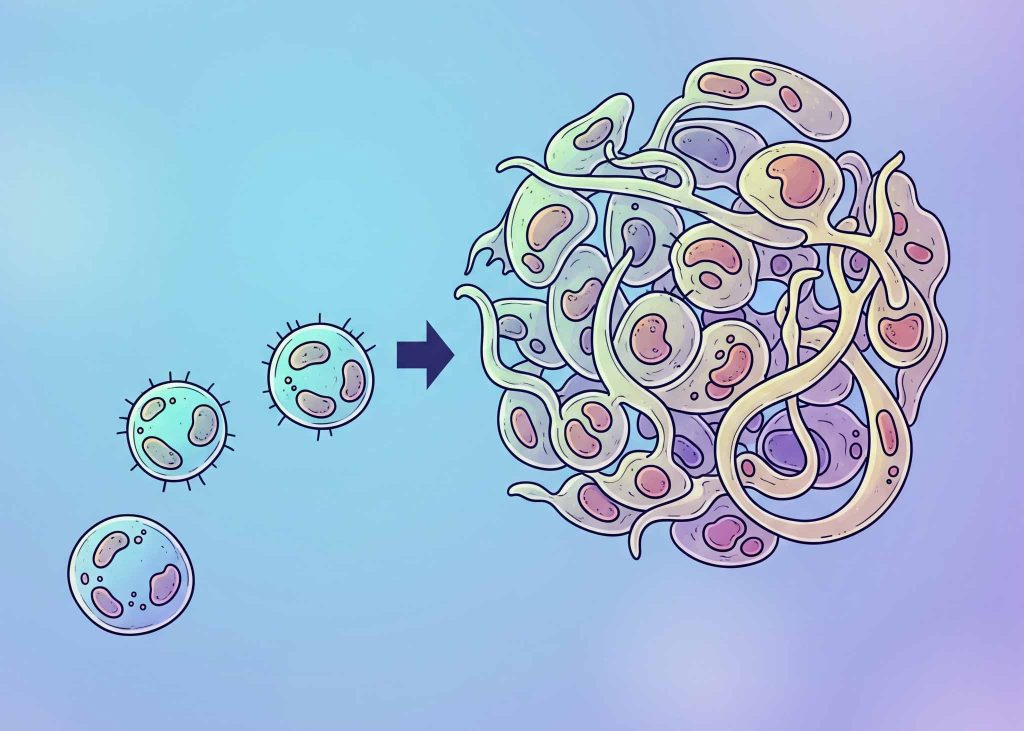
Cells teaming up brought many advantages, leading to bigger and more complex life.
So, why did cells decide to team up? There were several big advantages to becoming multicellular. These benefits helped the first multicellular organisms evolved and thrive:
- Bigger Size: By sticking together, organisms could grow much larger. Being big meant they were harder for single-celled creatures to eat.
- Specialization: Different cells could do different jobs. Some cells could focus on getting food, others on moving, and others on reproduction. This is like a team where everyone has a special role.
- Better Protection: Being part of a larger group offered protection from harsh environments. If a few cells were damaged, the whole organism could still survive.
- More Complex Behaviors: With specialized cells, organisms could develop more complex ways of living, moving, and interacting with their environment.
These advantages were powerful driving forces. They pushed life towards new and exciting forms. It was a revolutionary change for Earth’s ecosystems.
Fun Fact: Multicellularity has evolved independently at least 25 times in different groups of organisms! This means that teaming up is such a good idea that life has figured it out over and over again.
The First Steps: How It Happened
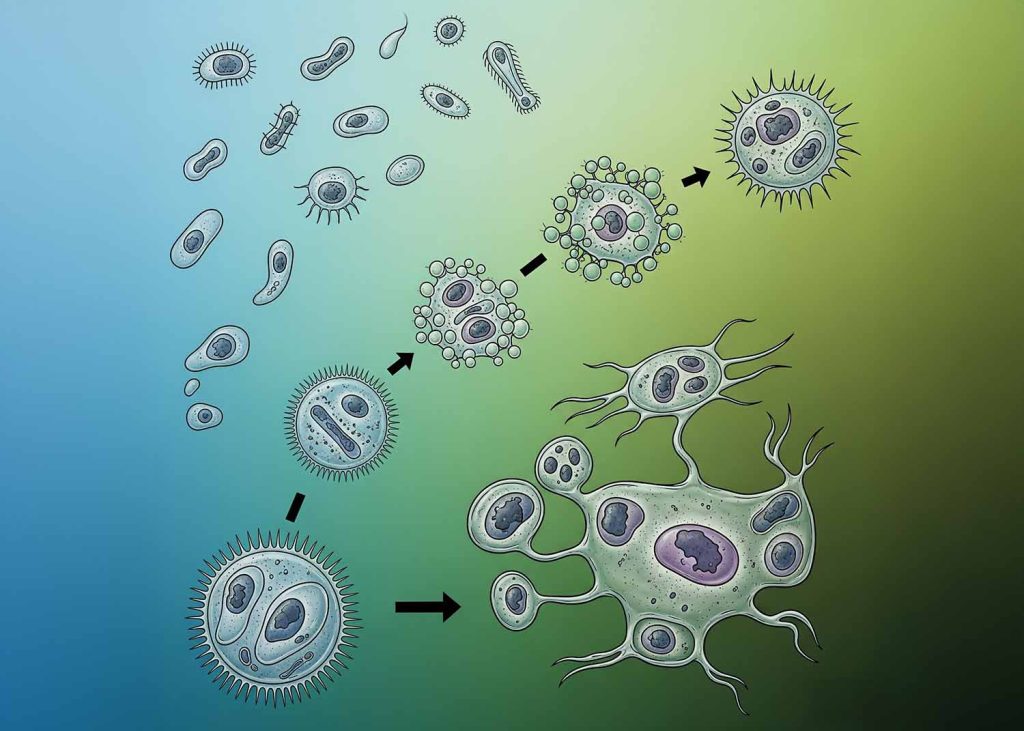
The journey to multicellularity began with simple cells forming colonies and then specializing.
Scientists believe that the journey to multicellularity happened in several steps. It wasn’t a sudden change, but a gradual process. One idea is that single cells started living in colonies. They would stick together after dividing, forming clumps or chains. Over time, these clumps became more organized.
Eventually, some cells in the colony started doing different jobs. This is called cell differentiation. For example, some cells might have been on the outside, protecting the colony. Others might have been on the inside, focusing on feeding. This division of labor was a key step in how the first multicellular organisms evolved.
Early Examples of Multicellular Life
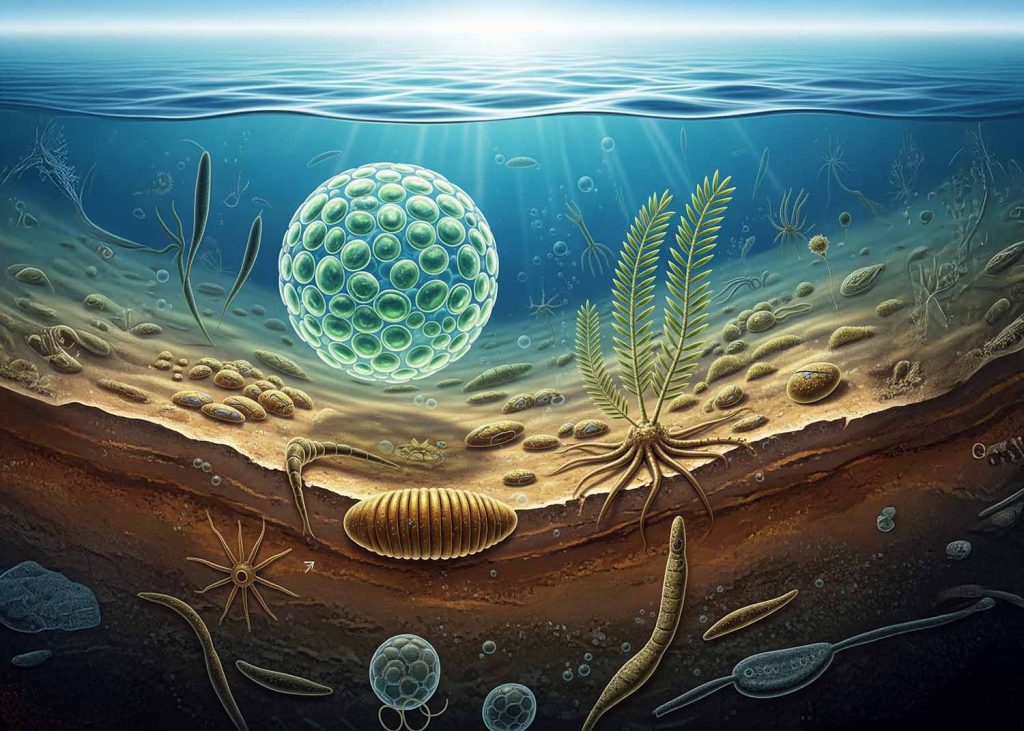
From simple colonies to the mysterious Ediacaran biota, early multicellular life took many forms.
Some of the earliest known examples of multicellular life are quite simple. For instance, certain types of algae, like Volvox, form spherical colonies where cells work together. While not fully multicellular in the complex sense, they show a step towards it. The oldest clear fossils of multicellular organisms are from about 2.1 billion years ago, found in Gabon.
Later, around 600 million years ago, the Ediacaran biota appeared. These were the first large, complex multicellular organisms. They had strange, quilted, or frond-like shapes. They lived on the seafloor and absorbed nutrients from the water. These creatures were a major milestone in the story of how the first multicellular organisms evolved. You can learn more about them in our article on Earth’s Earliest Complex Life.
Fun Fact: The oldest known animal fossil is of a creature called Dickinsonia, which lived over 558 million years ago. It looked like a flat, ribbed pancake and could grow up to a meter long!
The Role of Oxygen
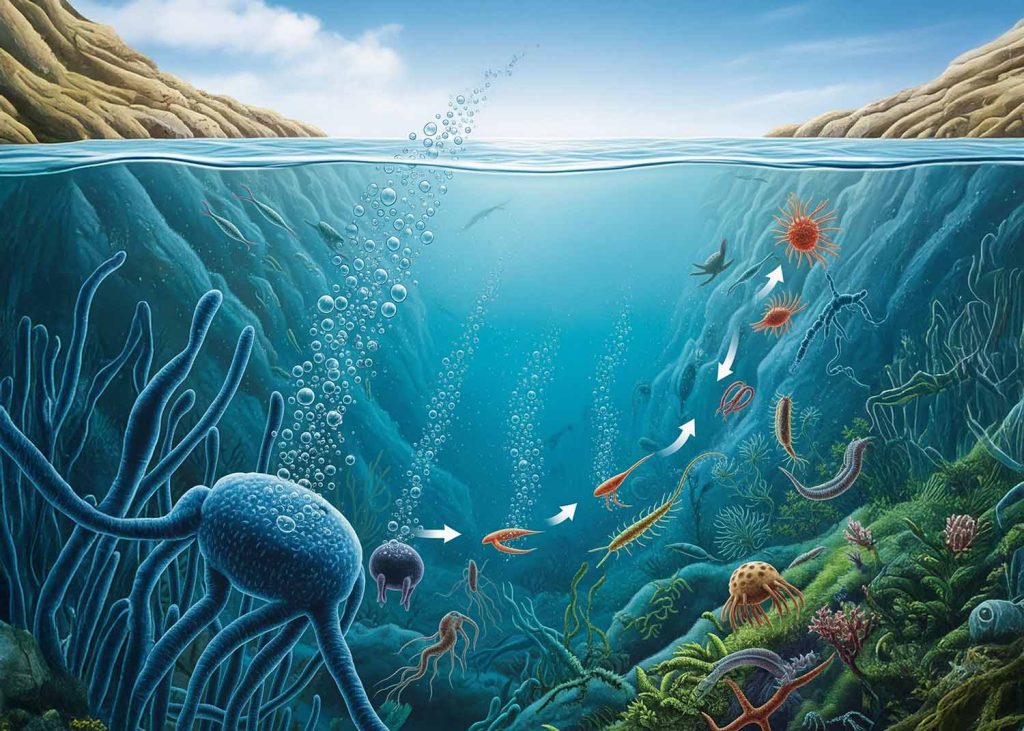
Rising oxygen levels in Earth’s ancient oceans played a crucial role in the development of complex life.
The rise of multicellular life is closely linked to oxygen levels in Earth’s atmosphere and oceans. For a long time, there wasn’t much free oxygen. But as photosynthetic organisms (like cyanobacteria) produced more oxygen, it built up. This “Great Oxidation Event” changed the planet forever.
Higher oxygen levels were important for several reasons. Oxygen provides more energy for cells, allowing them to grow larger and become more active. It also helped in the formation of collagen, a protein needed to hold many cells together. So, oxygen played a big part in allowing the first multicellular organisms evolved to flourish.
The Cambrian Explosion and Beyond
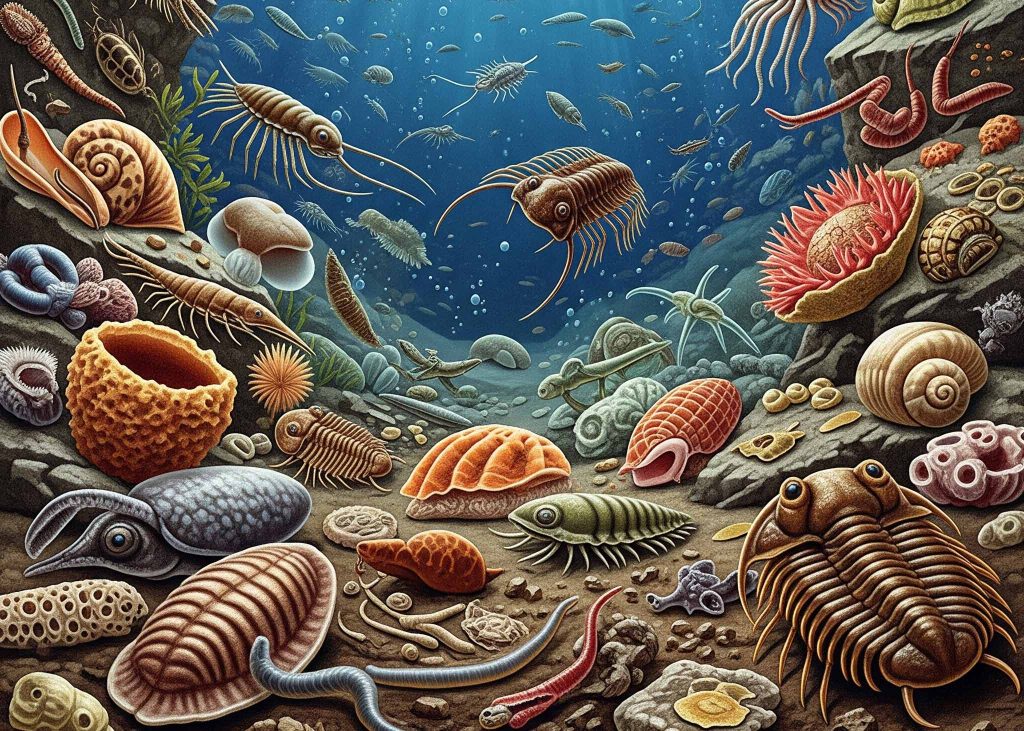
The Cambrian Explosion saw an incredible burst of new life forms, building on the foundation of multicellularity.
The evolution of multicellularity set the stage for the Cambrian Explosion. This was a period about 541 million years ago when almost all major animal groups appeared suddenly in the fossil record. The ability to be multicellular, with specialized cells and tissues, allowed for incredible diversity.
From simple sponges to complex arthropods, the Cambrian Explosion was a burst of new life forms. It was possible because the groundwork had been laid by the first multicellular organisms evolved. This event truly kicked off the age of complex life that we see all around us today. To understand more about this incredible period, check out our article on the When Life on Earth Exploded.
Fun Fact: The human body is made of trillions of cells, but we all started as just one single cell. The process of an embryo developing is like a sped-up movie of how multicellularity evolved!
The Result of Multicellularity
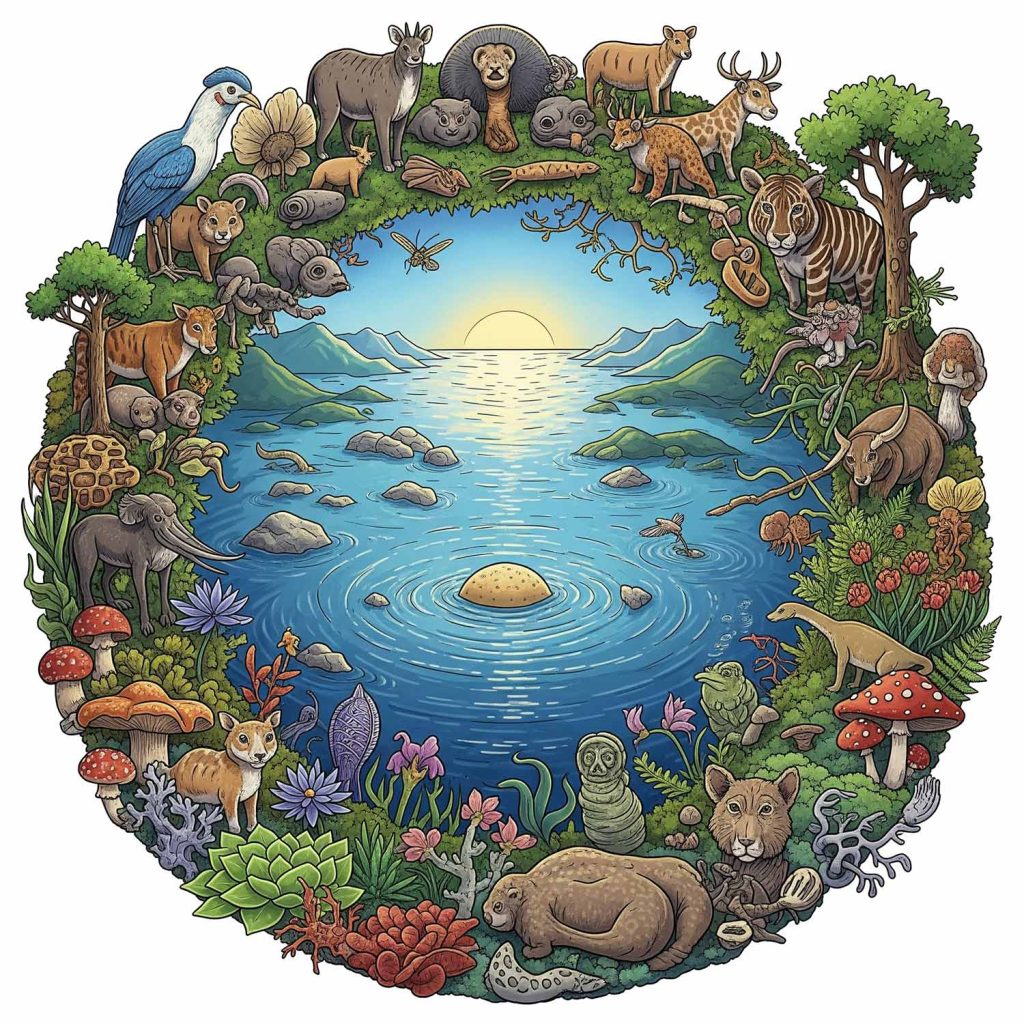
From tiny cells to towering trees and complex animals, multicellularity changed life on Earth forever.
The evolution of multicellularity was one of the most important events in the history of life. It allowed for the development of plants, animals, fungi, and all the complex life forms we know. It led to ecosystems with intricate food webs and diverse habitats. Without this step, life on Earth would still be microscopic.
Every time you look at a tree, a bird, or even your own hand, you are seeing the incredible legacy of the first multicellular organisms evolved. Their ancient journey from single cells to cooperative communities changed the world forever. It’s a powerful reminder of how life finds new ways to thrive and grow.
First Multicellular Organisms Evolution Quiz
Test your knowledge about how life became complex!

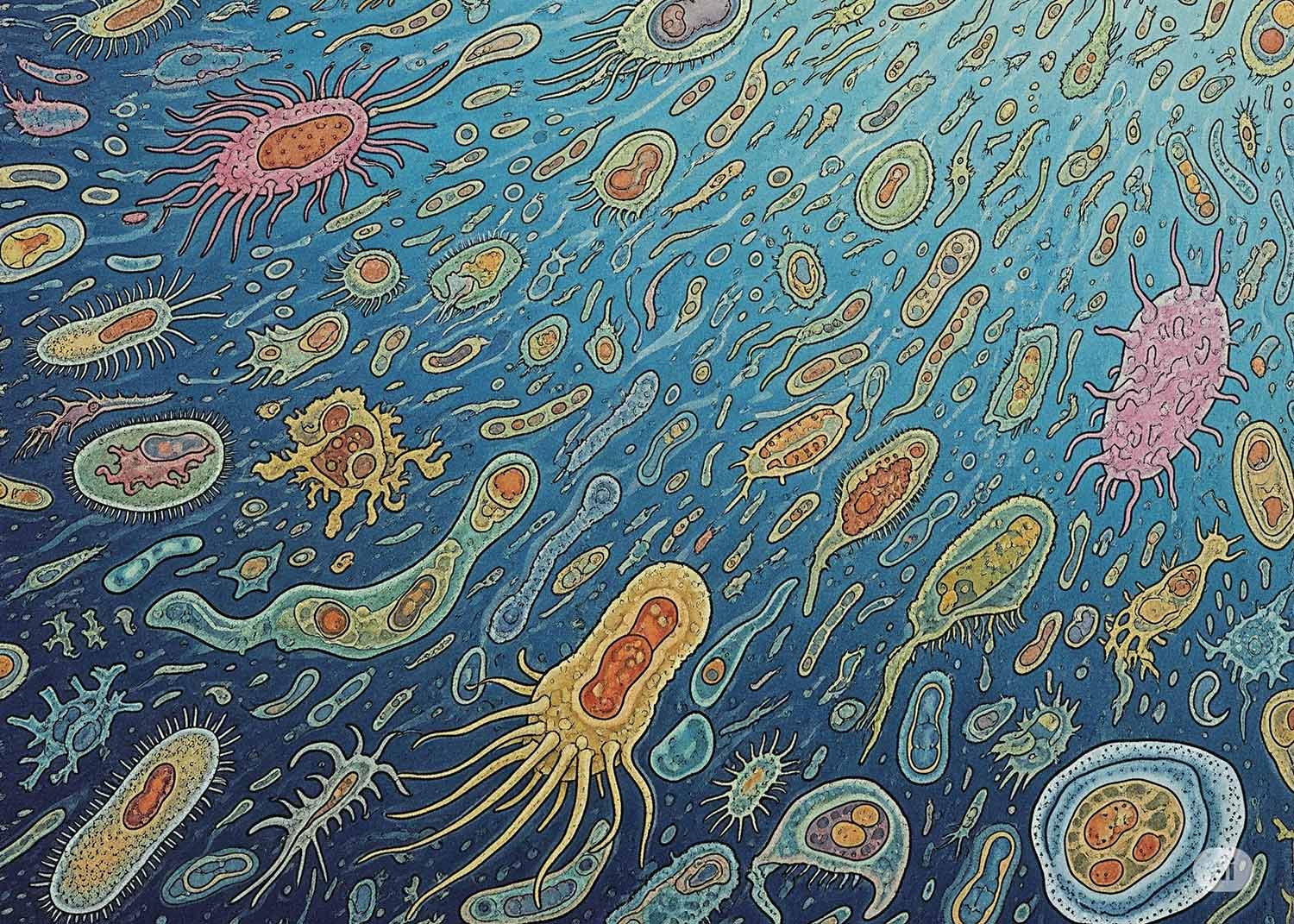
Leave a Reply